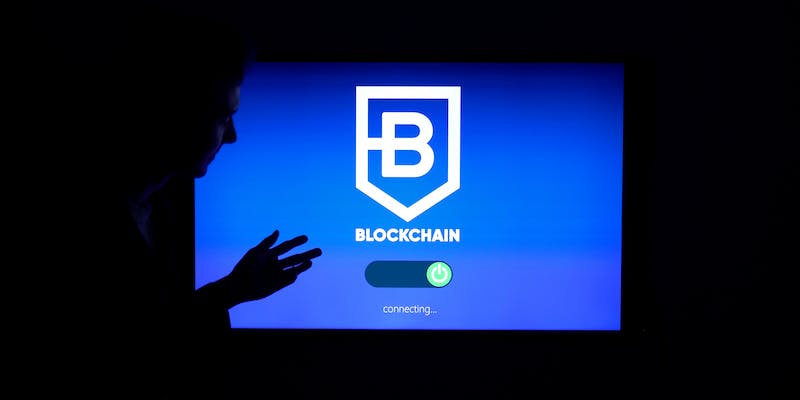Blockchain networks have long faced challenges with scalability and congestion, hindering their ability to handle large volumes of transactions during periods of high demand. However, the advent of parallelized EVMs (Ethereum Virtual Machines) offers a promising solution to these issues. In this article, we will delve into the benefits, integration considerations, compatibility with the Ethereum ecosystem, and leading platforms in the adoption of parallelized EVMs. Additionally, we will explore how this transition marks a significant shift in enhancing scalability, reducing fees, and improving overall blockchain performance.
Benefits of Parallelized EVMs
Parallelized EVMs offer an alternative approach to managing and processing transactions, enabling faster and more efficient execution. By parallelizing transaction processing, these EVMs can effectively handle increased transaction volumes without experiencing congestion issues. This reduction in congestion ultimately leads to improved network efficiency.
For decentralized applications (dApps) that require scalability to support a high volume of transactions, parallelized EVMs are a crucial technological advancement. They have the capability to process and execute a significant number of transactions simultaneously, accommodating spikes in demand without compromising efficiency.
Integration Considerations for Developers
The Importance of Incorporating Parallel Processing from the Start
Developers looking to leverage the capabilities of parallelized EVMs must integrate considerations for parallel processing from the initial stage of dApp development. By designing applications with parallel execution in mind, they can fully harness the potential of these EVMs and optimize the performance of their dApps.
To fully capitalize on the benefits of parallelized EVMs, developers should explore various techniques such as optimizing transaction scheduling, load balancing, and resource allocation. By utilizing these techniques, developers can ensure efficient utilization of processing power and maximize the scalability of their dApps.
Compatibility with the Ethereum Ecosystem
One significant advantage of parallelized EVMs is their compatibility with the Ethereum ecosystem. This compatibility ensures a seamless transition and integration for existing dApps, reducing the migration efforts required from developers. It allows them to leverage the benefits of parallel processing without overhauling their entire architecture.
Platforms Leading the Integration of Parallelized EVMs
SEI v2 is pioneering the adoption of parallelized EVMs, offering substantial transaction handling capabilities. With an impressive throughput of 20,000 transactions per second (TPS) and a transaction finality time of just 380 milliseconds, SEI v2 is revolutionizing blockchain scalability and efficiency.
Neon EVM stands as the first EVM compatible with the Solana network. This compatibility allows Ethereum developers to tap into the benefits of Solana’s high-performance network without requiring major modifications to their existing dApps. Neon EVM embodies the potential for seamless integration and interoperability between different blockchain ecosystems.
Monad is an emerging platform aiming to strike a balance between decentralization and scalability. By incorporating parallel processing, Monad targets a throughput of 10,000 TPS. This platform stands out by supporting asynchronous, parallel execution of EVM transactions, enabling enhanced scalability while maintaining the core principles of decentralization.
Addressing Critical Challenges in Blockchain Adoption
Scalability has been one of the most significant challenges faced by blockchain networks. Parallelized EVMs address this issue head-on, increasing transaction processing capacities and improving network throughput, thereby facilitating the widespread adoption of blockchain technology.
Blockchain networks have often suffered from high transaction costs, discouraging widespread adoption. With parallelized EVMs reducing congestion and improving efficiency, the cost per transaction can be significantly reduced, making the utilization of blockchain more accessible for users and businesses alike.
Significance of Transition to Parallel Processing
The transition to parallel processing signifies a paradigm shift in how blockchain networks operate. By parallelizing transaction execution, scalability is vastly improved, enabling networks to handle an exponentially higher volume of transactions than ever before.
Parallelized EVMs can alleviate the burden of high transaction fees on blockchain users. With improved efficiency and reduced congestion, costs per transaction can be significantly reduced, making blockchain technology more economically viable, particularly for microtransactions.
Parallelized EVMs not only improve scalability and reduce fees but also enhance the overall performance of blockchain networks. With faster transaction finality times and improved efficiency, users can enjoy a more seamless and responsive experience on decentralized applications.
Parallelized EVMs have emerged as a promising solution to address the critical challenges of scalability and congestion in blockchain networks. By reducing congestion, handling large transaction volumes, and improving overall efficiency, parallelized EVMs offer a more scalable and user-friendly blockchain ecosystem. As leading platforms such as SEI v2, Neon EVM, and Monad embrace these advancements, the transition to parallel processing signifies a major leap forward in the development and adoption of blockchain technology.

